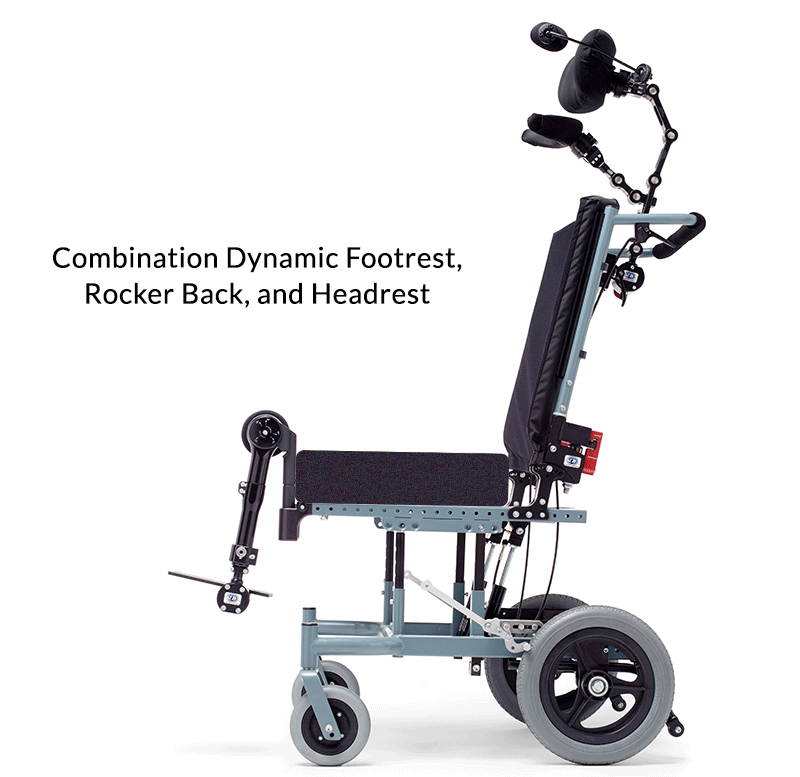How Do I Know if a Client Needs Dynamic Seating?
Michelle L. Lange, OTR/L, ABDA, ATP/SMS
In earlier blogs we have addressed key topics such as “What is Dynamic Seating” and “Dynamic Seating: Clinical Indicators.” Clinical indicators are really clinical goals of Dynamic Seating, such as protecting the client from injury and the equipment from damage. In this blog series, we will take a look from the other side – what can you currently observe that indicates this person could benefit from Dynamic Seating?
 A client may benefit from Dynamic Seating if you are seeing any of the following:
A client may benefit from Dynamic Seating if you are seeing any of the following:
- The client is moving seating components out of alignment
- The client has broken seating, hardware, or the wheelchair frame
- The client actively seeks out movement, such as rocking
- The client is more alert and/or less agitated with movement
- The client has sustained injuries from colliding with portions of the seating system or wheelchair frame with sudden force
- The client has sustained injuries from pushing against the seating system with sustained force
- The client is ‘standing up’ in the seating system
- The client is extending within the seating system and moving out of alignment with the support surfaces
If you are seeing any of these concerns, contact your local seating and wheeled mobility evaluation team and ask whether Dynamic Seating may be appropriate. And explore further resources on this website for more information. Finally, feel free to contact us for help. Let’s get clients moving!
